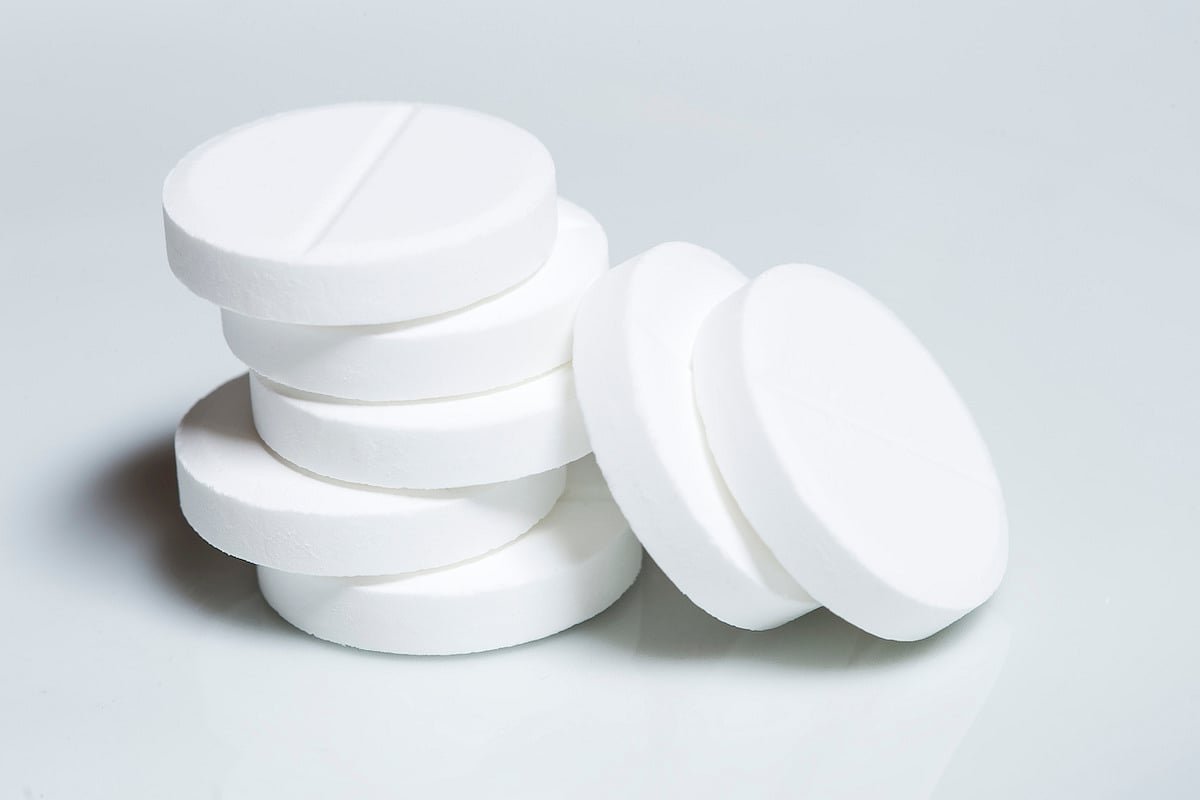The following is a summary of “Impact of a multidisciplinary sepsis huddle in the emergency department,” published in the February 2023 issue of Emergency Medicine by Currie, et al.
The primary cause of mortality in hospitals is sepsis, which necessitates quick diagnosis and treatment. The cornerstone of sepsis care is the sepsis bundle. Studies have looked at how a sepsis huddle affects compliance with the sepsis bundle but not sepsis identification. In the Emergency Department (ED), researchers sought to evaluate the impact of a multidisciplinary sepsis bedside huddle on sepsis detection and sepsis bundle compliance.
It was a single-center, retrospective cohort study. Pre-huddle patients were located using an electronic medical record’s Best Practice Advisory (BPA) alert from November 1, 2019, to March 31, 2020. Patients for whom a sepsis huddle was triggered between November 1, 2020, and March 31, 2021, made up the post-huddle group.
There were 116 patients who satisfied the inclusion criteria, of whom 15, or 21 pre-huddle patients and 80 post-huddle patients, were found not to have sepsis. When pre-post data were compared, sepsis huddle significantly improved code sepsis activation (10% vs 91%, P< 0.001), sepsis bundle compliance (24% vs 80%, P< 0.001), antibiotics within an hour (33% vs 90%, P< 0.001), the culture within an hour (67% vs 95%, P< 0.001), order entry <30 min (29% vs 86%, P < 0.001) and median order entry time (48 vs. 3 min, P < 0.001). Post-huddle, 80% of order submissions were ≤20 minutes after the huddle. Huddle was identified as the first predictor in a logistic regression study that looked at sepsis code (P< 0.0000005). Physician/physician assistant order of ≤30 minutes was shown to predict hour-1 bundle compliance (R2 = 0.36, P< 0.0000005).
The ED sepsis bedside huddle enhanced sepsis bundle compliance and sepsis bundle identification. The findings implied that faster order input led to improved bundles.
Reference: sciencedirect.com/science/article/pii/S0735675722007471












Create Post
Twitter/X Preview
Logout